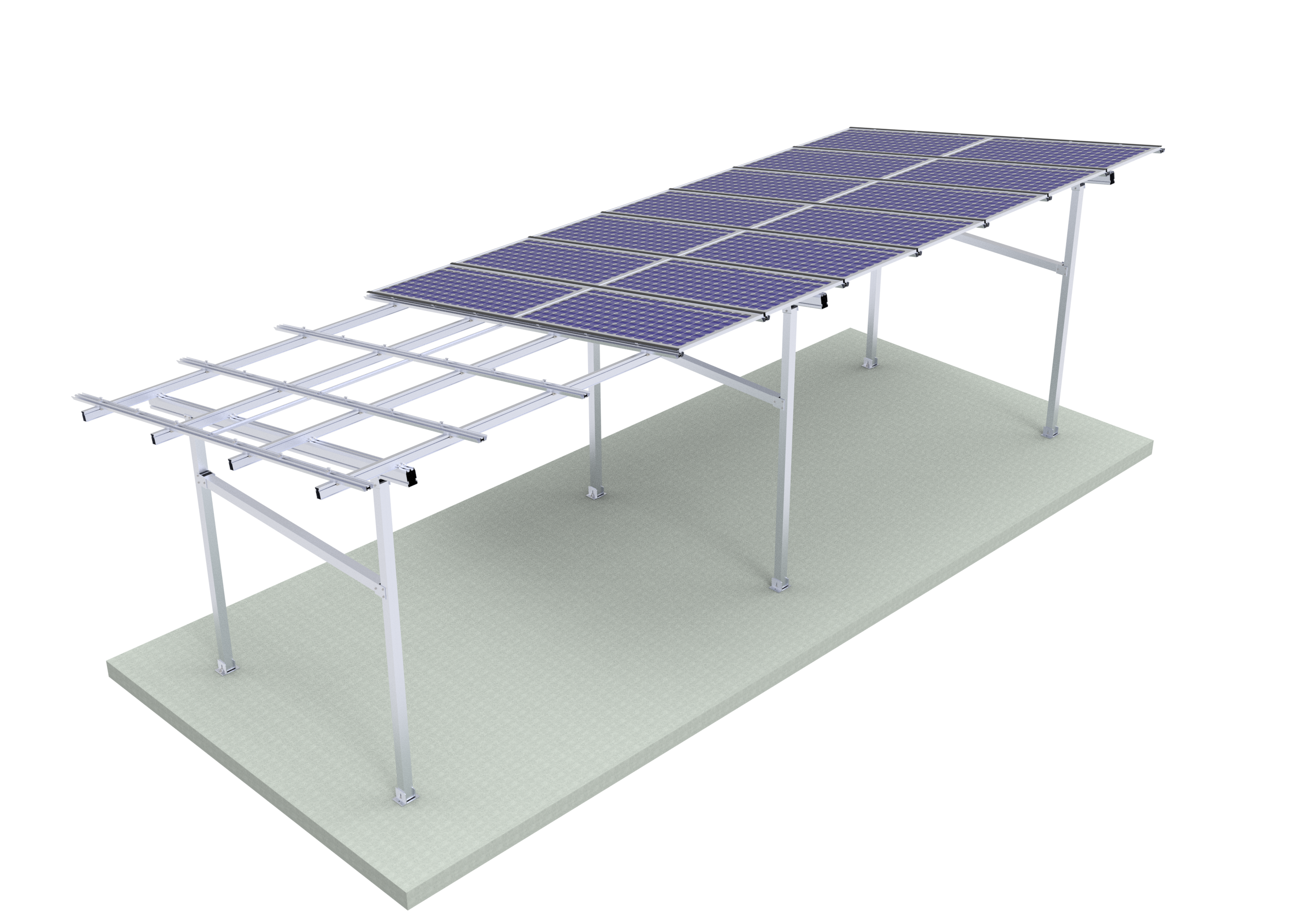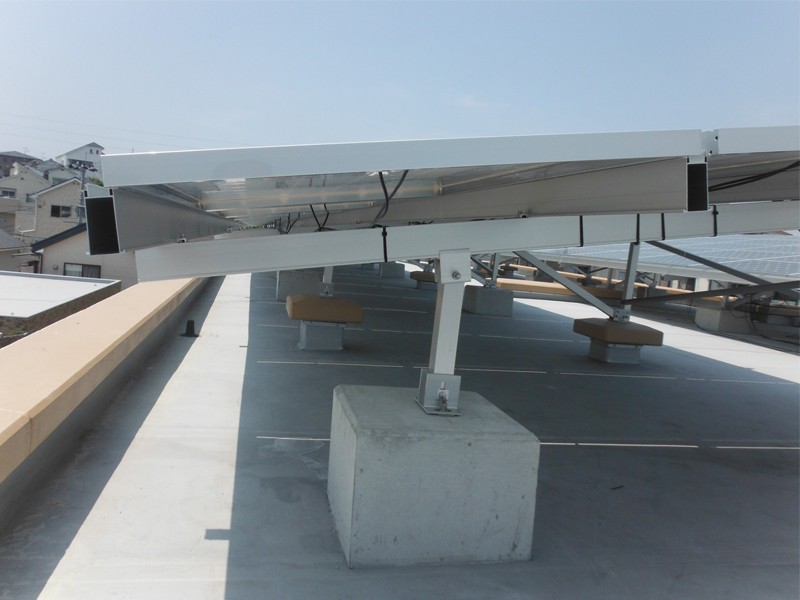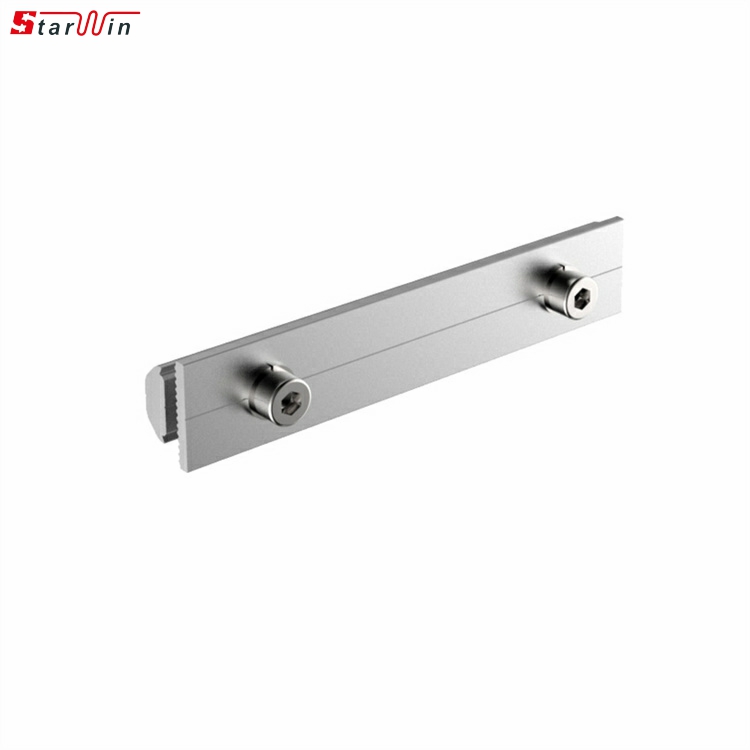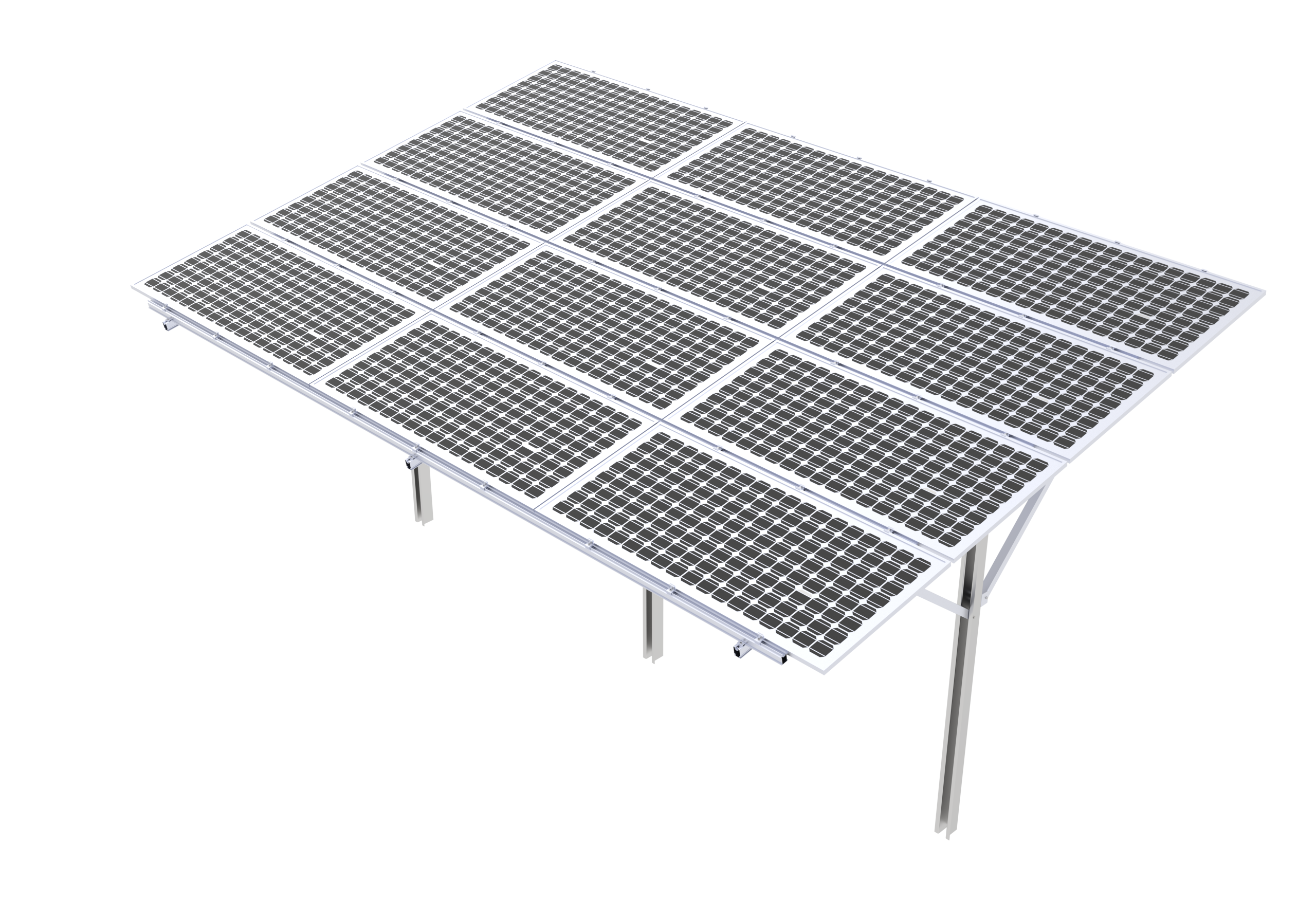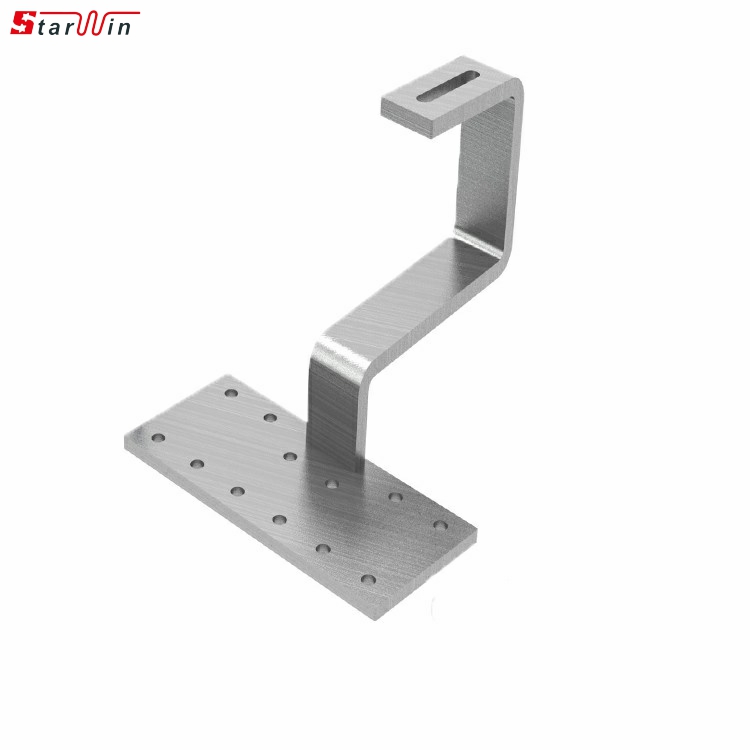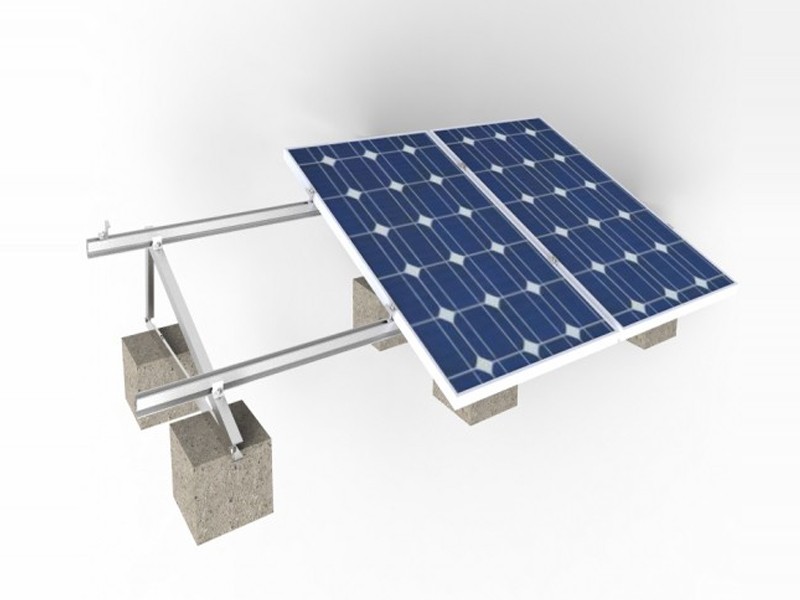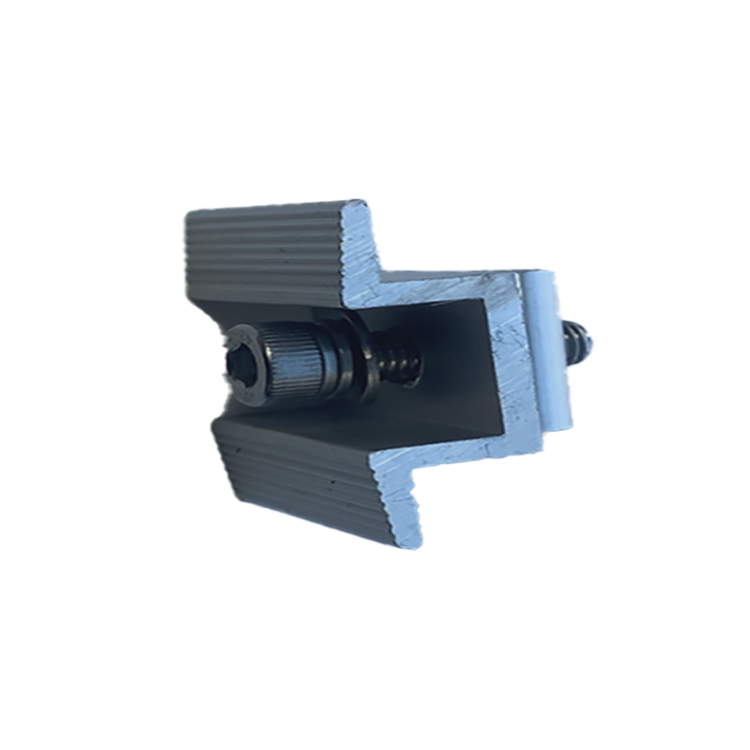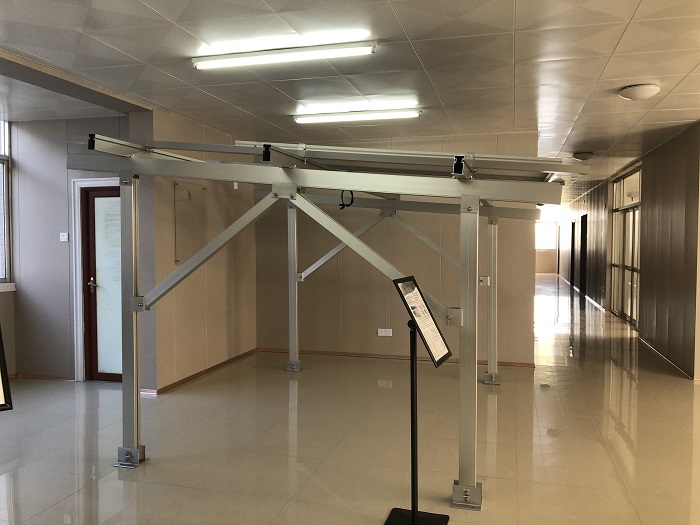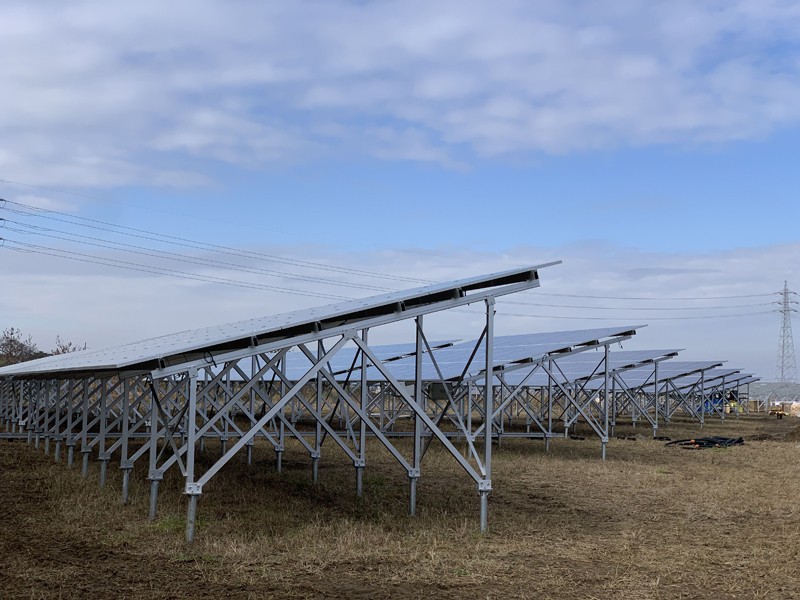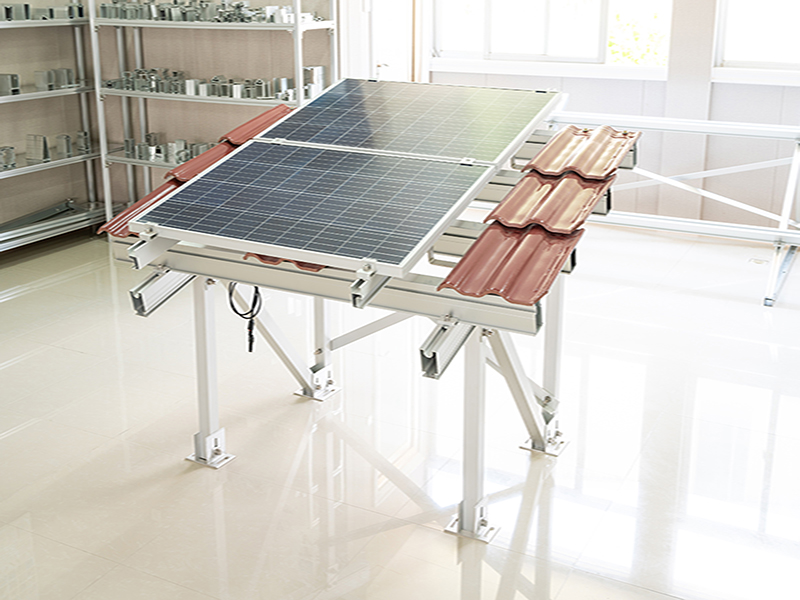Introduction
As the demand for renewable energy and sustainable farming continues to rise, agrivoltaic systems—combining solar power with agricultural use—are gaining popularity. Solar agrivoltaic mounting systems provide a dual-purpose solution by integrating solar panels with farmland, maximizing land efficiency and increasing profitability for farmers and investors.
In this article, we will explore the benefits, key features, and considerations for choosing the right solar agrivoltaic mounting system.
What Is a Solar Agrivoltaic Mounting System?
A solar agrivoltaic mounting system is a specially designed structure that supports solar panels above agricultural land. Unlike traditional solar farms that take up large areas of land, these systems allow crops to be grown or livestock to graze underneath, ensuring the land remains productive while generating clean energy.
These structures are engineered to optimize both sunlight exposure for crops and energy production from solar panels. The height, tilt angle, and spacing of the panels are carefully designed to meet the needs of different farming activities.
Benefits of Solar Agrivoltaic Mounting Systems
1. Dual Land Use: Energy and Agriculture
Agrivoltaic systems allow farmers to generate solar power without sacrificing valuable farmland. This is particularly beneficial in regions where land availability is limited, enabling sustainable farming alongside clean energy production.
2. Improved Crop Growth
Studies have shown that partial shading from solar panels can help reduce excessive heat stress on crops, maintaining soil moisture and improving plant health. Certain shade-tolerant crops can thrive under these conditions, leading to increased yields.
3. Additional Revenue Streams
Farmers can benefit from multiple income sources—harvesting crops while also selling surplus solar energy to the grid. This diversification enhances financial stability and resilience against fluctuating agricultural markets.
4. Climate Resilience and Land Conservation
Solar agrivoltaic systems protect crops from extreme weather conditions, such as excessive sunlight, heavy rainfall, or frost. Additionally, they prevent soil erosion and maintain biodiversity, making them an eco-friendly farming solution.
5. Reduced Water Consumption
The shading effect of solar panels helps reduce evaporation from the soil, leading to better water retention and lower irrigation costs. This is especially beneficial in arid and semi-arid regions where water conservation is crucial.
Key Features of a Solar Agrivoltaic Mounting System
1.High-Strength Materials – Made from galvanized steel or aluminum to ensure durability and resistance to corrosion.
2.Adjustable Design – Customizable height and tilt angles to optimize sunlight distribution for different crops.
3.Easy Installation – Modular structures designed for quick assembly with minimal labor.
4.Weather Resistance – Engineered to withstand strong winds, heavy snow loads, and extreme temperatures.
5.Efficient Cable Management – Pre-installed cable routing systems to simplify solar panel wiring and maintenance.
How to Choose the Right Solar Agrivoltaic Mounting System
1. Consider the Type of Farming Activity
Different crops and livestock require specific spacing and shading levels. For example, leafy vegetables may thrive under more shade, while fruit-bearing plants need more sunlight exposure.
2. Evaluate Structural Strength and Stability
Since these systems are elevated, they must be engineered to withstand environmental factors such as wind and snow loads. Choosing high-quality materials and proper anchoring techniques is essential.
3. Assess Installation and Maintenance Requirements
A good agrivoltaic mounting system should be easy to install and require minimal maintenance. Opt for designs with pre-assembled components to reduce labor costs and time.
4. Compatibility with Solar Panels
Ensure that the mounting structure is compatible with the size, weight, and electrical configuration of your chosen solar panels. This will optimize energy generation and system longevity.
5. Cost and Return on Investment (ROI)
While the initial investment may be higher than traditional mounting systems, the long-term benefits—energy savings, increased crop yields, and extra revenue—make agrivoltaic systems a profitable choice.
Conclusion
Solar agrivoltaic mounting systems represent the future of sustainable farming and renewable energy. By integrating solar panels with agricultural land, these systems provide economic, environmental, and operational benefits for farmers, investors, and energy providers.
If you're interested in installing a solar agrivoltaic mounting system, contact us today! We offer customized solutions to help you optimize land use, reduce costs, and generate clean energy for a sustainable future.

